Rather than naming each square on the Monopoly board after a street, the new version will dedicate a spot to each of the capitals of Italy's 20 regions – with their location decided by a public vote.
The two cities with the most votes will take up the prestigious blue spots, where property is most expensive (Parco della Vittora and Viale dei Giardini in the Italian version, or the swish Mayfair and Park Lane in the UK edition).
Trento is currently winning the vote, perhaps appropriately since it is one of Italy's most prosperous cities, frequently topping polls for its high standard of living, employment rate and GDP. More surprising is the fact that Bari, in Italy's southern Puglia region, is currently in second place.
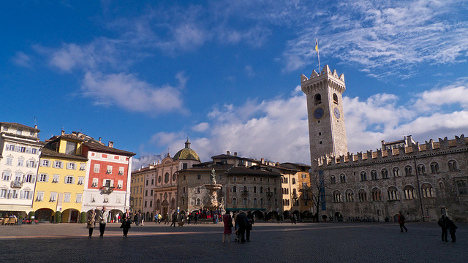
Trento looks likely to get the top spot on the board. Photo: Alessio Maffeis/Flickr
Meanwhile, Rome is trailing behind in fifth place, while Florence failed even to make the top ten.
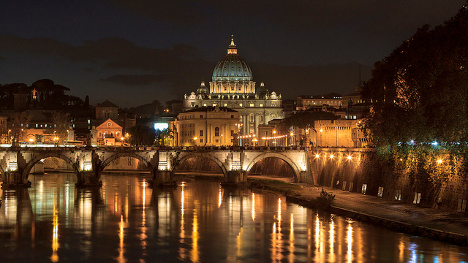
Rome – a favourite with tourists, but not Monopoly lovers. Photo: Scott Cresswell/Flickr
Most of the street names in the Italian edition of Monopoly come from 1930's Milan, other than the two brown streets – the least expensive on the board – which are called Vicolo Corto and Vicolo Stretto (Short Avenue and Narrow Avenue). After the fall of Benito Mussolini's regime, certain streets in Italian Monopoly, such as Via del Fascio (Street of Fascism), were changed to more neutral versions.
Keen Monopoly fans will have realized that naming a square after each of the 20 capitals will leave two spaces left on the board – these will be allocated to two of Italy's towns, also decided by public vote.
So far, the favourite by a long way is the town of Monopoli in Puglia. Monopoli, 40km from Bari, has a population of almost 50,000 and its main industries are agriculture and tourism. In second place is Cles, a town with around 6,000 inhabitants – presumably including a lot of Monopoly fans.
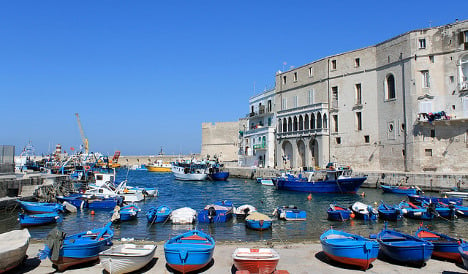
A position on the board could give a boost to the tourist town of Monopoli. Photo: Patrick Nouhailler/Flickr
If you want to have your say in the design of the board, you can vote on the website until June 17th. The site allows you to vote up to five times per day.
The finished Monopoly Italia game will be on shop shelves in 2017.

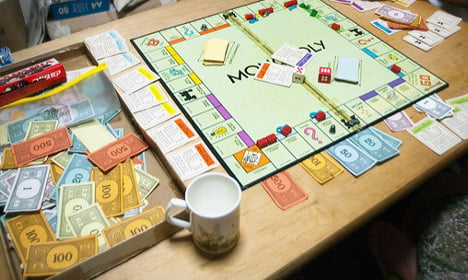
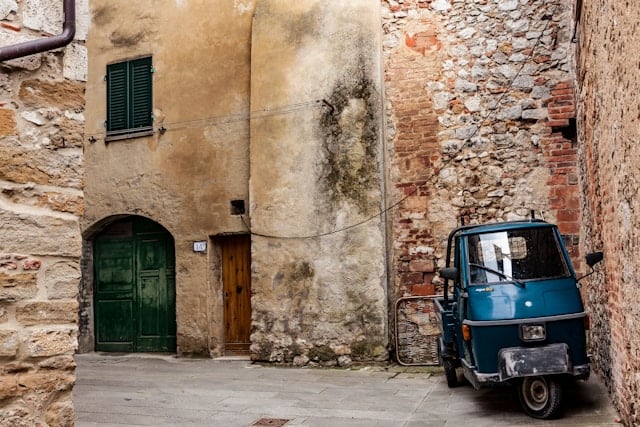
 Please whitelist us to continue reading.
Please whitelist us to continue reading.
Member comments